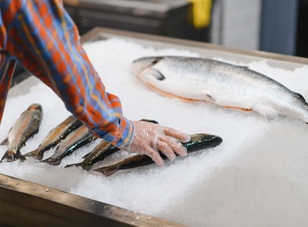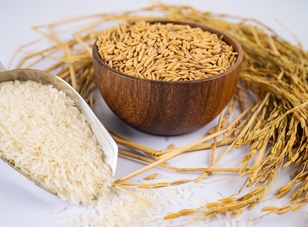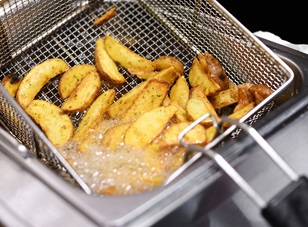Summary:
|
Process contaminants are chemical compounds that form unintentionally during food manufacturing and processing. Unlike environmental contaminants or chemical residues that enter the food chain from external sources, these compounds develop during common food processes such as heating, fermentation, smoking, or drying. While there is no immediate health concern from the levels of process contaminants typically found in food, current research shows that there may be potential health effects with regular long-term consumption.

Among these process contaminants, 3-MCPD, PAHs, and nitrosamines are of particular interest to the food industry due to their widespread presence in food products.
Key factors affecting levels of process contaminants:
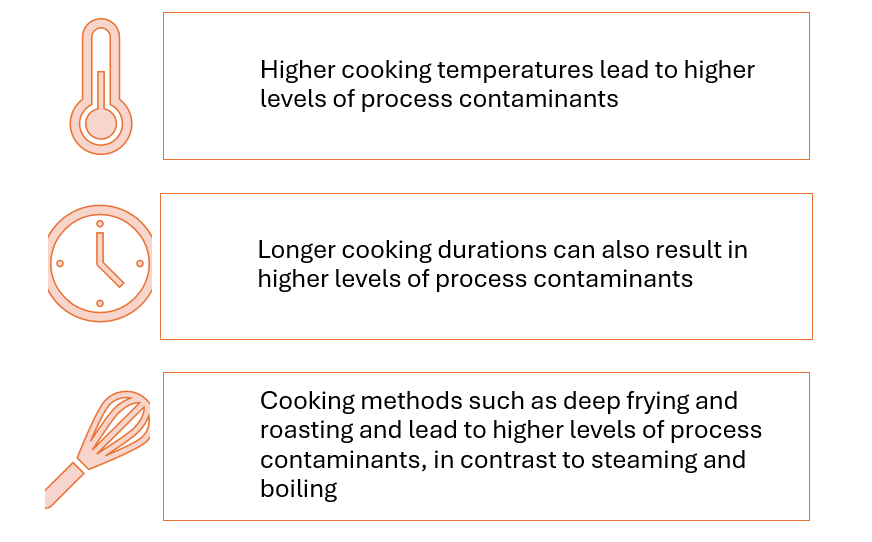
What can the food industry do?
While process contaminants can form unintentionally during food manufacturing and processing, the food industry can adopt proactive measures to reduce the level of process contaminants for food safety assurance.
| Process contaminant | Associated products | How is it formed | How to reduce levels |
| 3-MCPD | Soy sauce, oyster sauce | Acid hydrolysis of vegetable proteins (acid-HVPs) used as flavour enhancers |
|
| PAHs | Smoked, grilled and barbeque foods | Meat fat/juices drip onto hot surfaces/fire, creating smoke that settles on food |
|
| Nitrosamines | Bacon, sausages, cured meats | Added preservatives (nitrites) react with proteins (amines), even in uncooked meats |
|
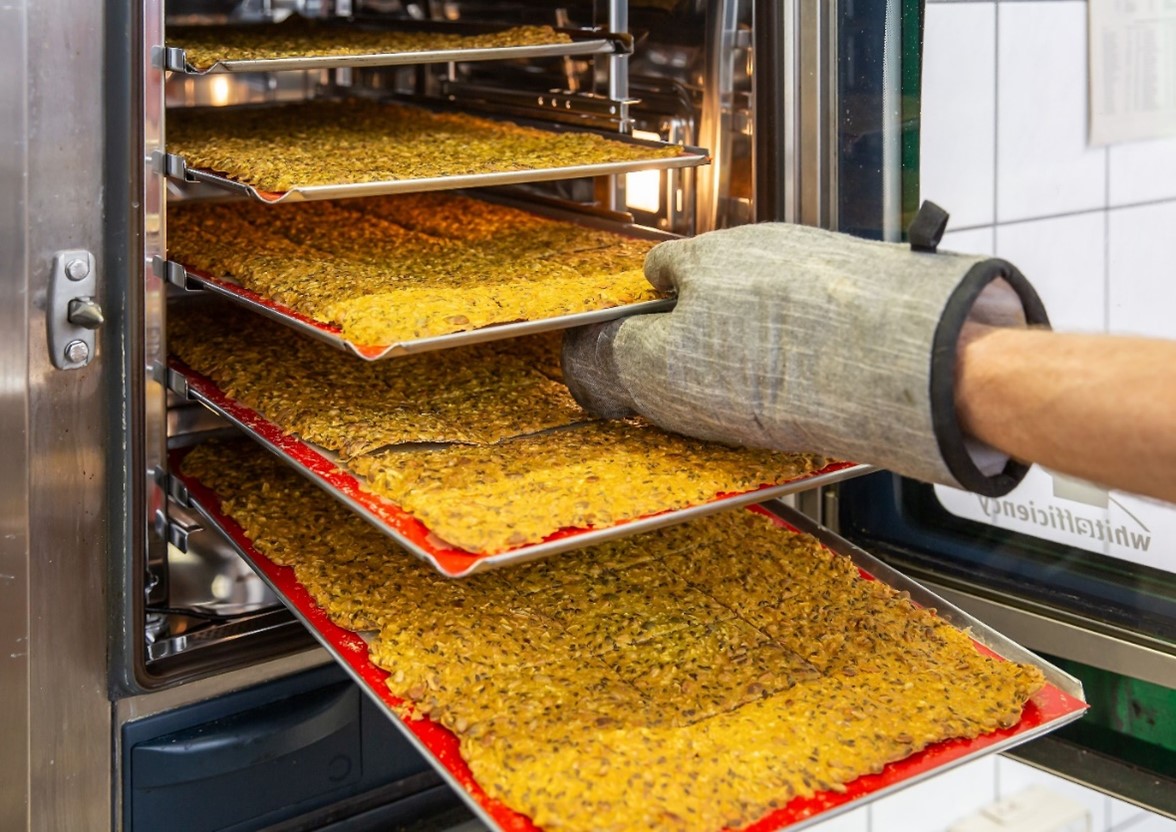
Food safety is a joint responsibility. To protect consumers, SFA has established regulatory standards for permitted levels of 3-MCPD in soy sauce and oyster sauce and maximum levels of nitrates and nitrites allowed in meat products. While there is no international standard for PAHs, the Codex Alimentarius Commission (CAC) has put in place Code of Practices which serve as a guide for the industry to adopt suitable measures to minimise the introduction of PAHs.
The food industry thus plays a crucial role and can adopt good food safety practices to reduce the risks for consumers. At the same time, consumers should adhere to good food safety practices and make informed decisions about the food they eat. More resources are available at the SFA Risk at a Glance webpage.



